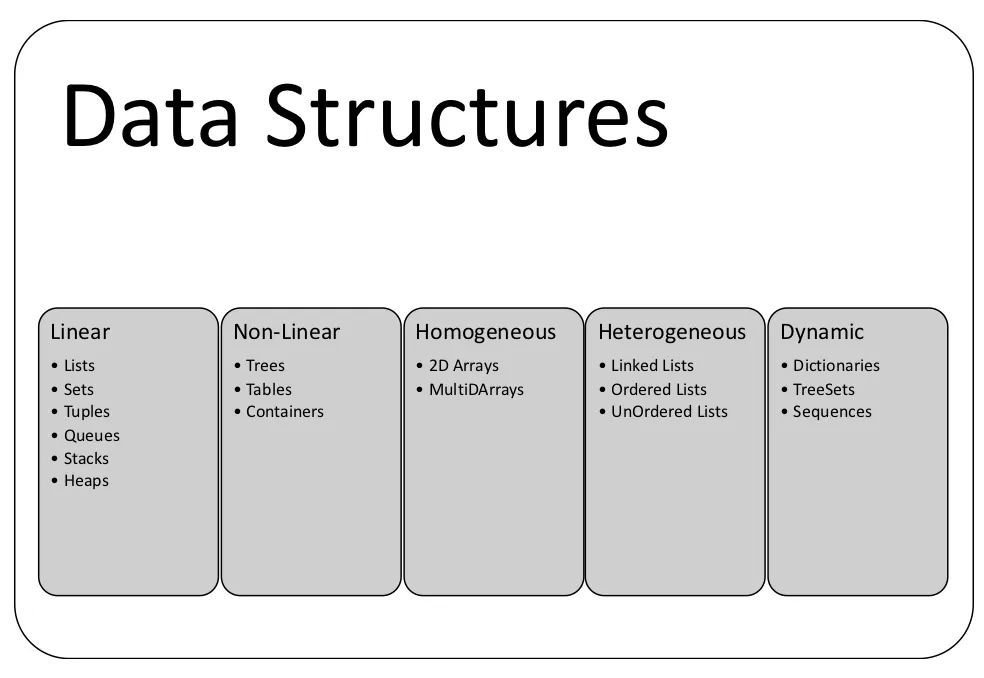
Learn Data Structures and Algorithms with Golang
Level up your Go programming skills to develop faster and more efficient code
Bhagvan Kommadi
- 336 Seiten
- English
- ePUB (handyfreundlich)
- Über iOS und Android verfügbar
Learn Data Structures and Algorithms with Golang
Level up your Go programming skills to develop faster and more efficient code
Bhagvan Kommadi
Über dieses Buch
Explore Golang's data structures and algorithms to design, implement, and analyze code in the professional setting
Key Features
- Learn the basics of data structures and algorithms and implement them efficiently
- Use data structures such as arrays, stacks, trees, lists and graphs in real-world scenarios
- Compare the complexity of different algorithms and data structures for improved code performance
Book Description
Golang is one of the fastest growing programming languages in the software industry. Its speed, simplicity, and reliability make it the perfect choice for building robust applications. This brings the need to have a solid foundation in data structures and algorithms with Go so as to build scalable applications. Complete with hands-on tutorials, this book will guide you in using the best data structures and algorithms for problem solving.
The book begins with an introduction to Go data structures and algorithms. You'll learn how to store data using linked lists, arrays, stacks, and queues. Moving ahead, you'll discover how to implement sorting and searching algorithms, followed by binary search trees. This book will also help you improve the performance of your applications by stringing data types and implementing hash structures in algorithm design. Finally, you'll be able to apply traditional data structures to solve real-world problems.
By the end of the book, you'll have become adept at implementing classic data structures and algorithms in Go, propelling you to become a confident Go programmer.
What you will learn
- Improve application performance using the most suitable data structure and algorithm
- Explore the wide range of classic algorithms such as recursion and hashing algorithms
- Work with algorithms such as garbage collection for efficient memory management
- Analyze the cost and benefit trade-off to identify algorithms and data structures for problem solving
- Explore techniques for writing pseudocode algorithm and ace whiteboard coding in interviews
- Discover the pitfalls in selecting data structures and algorithms by predicting their speed and efficiency
Who this book is for
This book is for developers who want to understand how to select the best data structures and algorithms that will help solve coding problems. Basic Go programming experience will be an added advantage.
Häufig gestellte Fragen
Information
Section 1: Introduction to Data Structures and Algorithms and the Go Language
- Chapter 1, Data Structures and Algorithms
- Chapter 2, Getting Started with Go for Data Structures and Algorithms
Data Structures and Algorithms
- Classification of data structures and structural design patterns
- Representation of algorithms
- Complexity and performance analysis
- Brute force algorithms
- Divide and conquer algorithms
- Backtracking algorithms
Technical requirements
//main package has examples shown
// in Hands-On Data Structures and algorithms with Go book
package main
// importing fmt package
import (
"fmt"
)
// main method
func main() {
fmt.Println("Hello World")
}
go build
./hello_world

Classification of data structures and structural design patterns
Classification of data structures

Lists
//main package has examples shown
// in Hands-On Data Structures and algorithms with Go book
package main
// importing fmt and container list packages
import (
"fmt"
"container/list")
// main method
func main() {
var intList list.List
intList.PushBack(11)
intList.PushBack(23)
intList.PushBack(34)
for element := intList.Front(); element != nil; element=element.Next() {
fmt.Println(element.Value.(int))
}
}